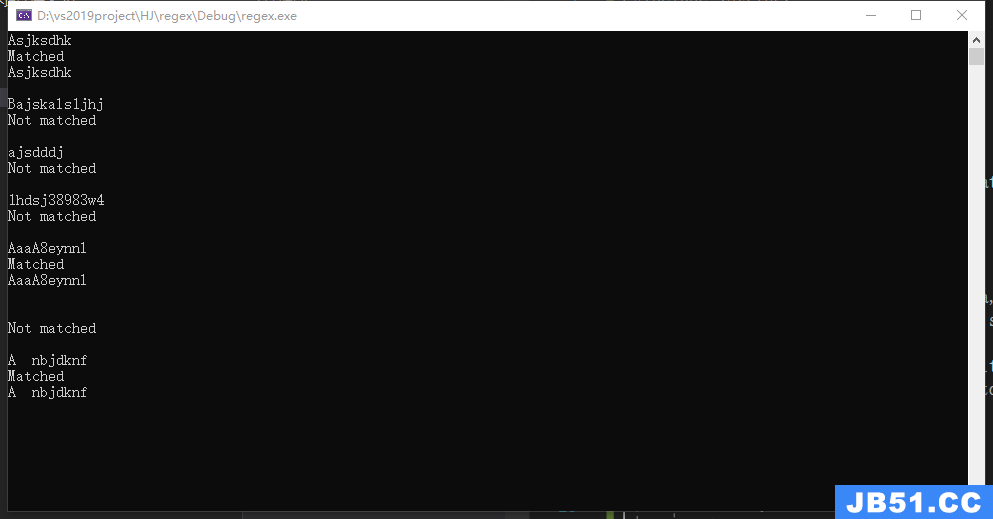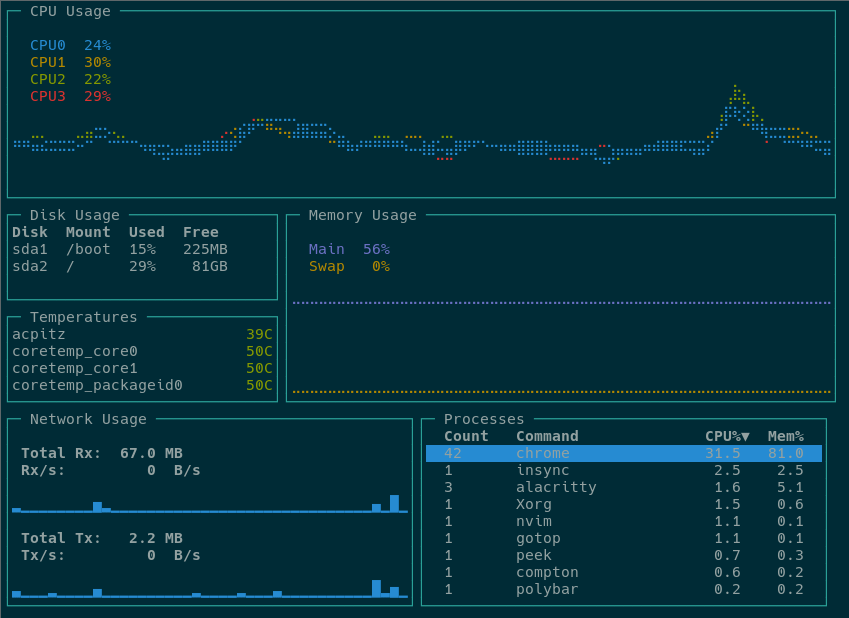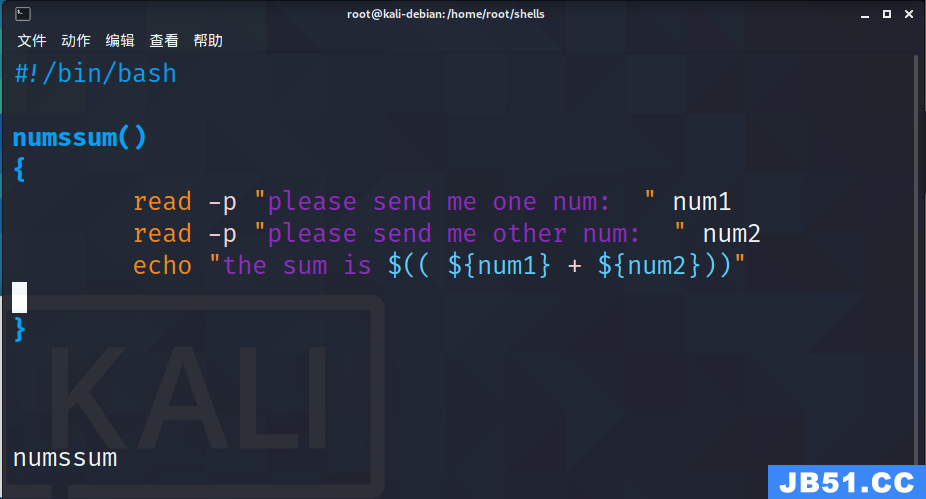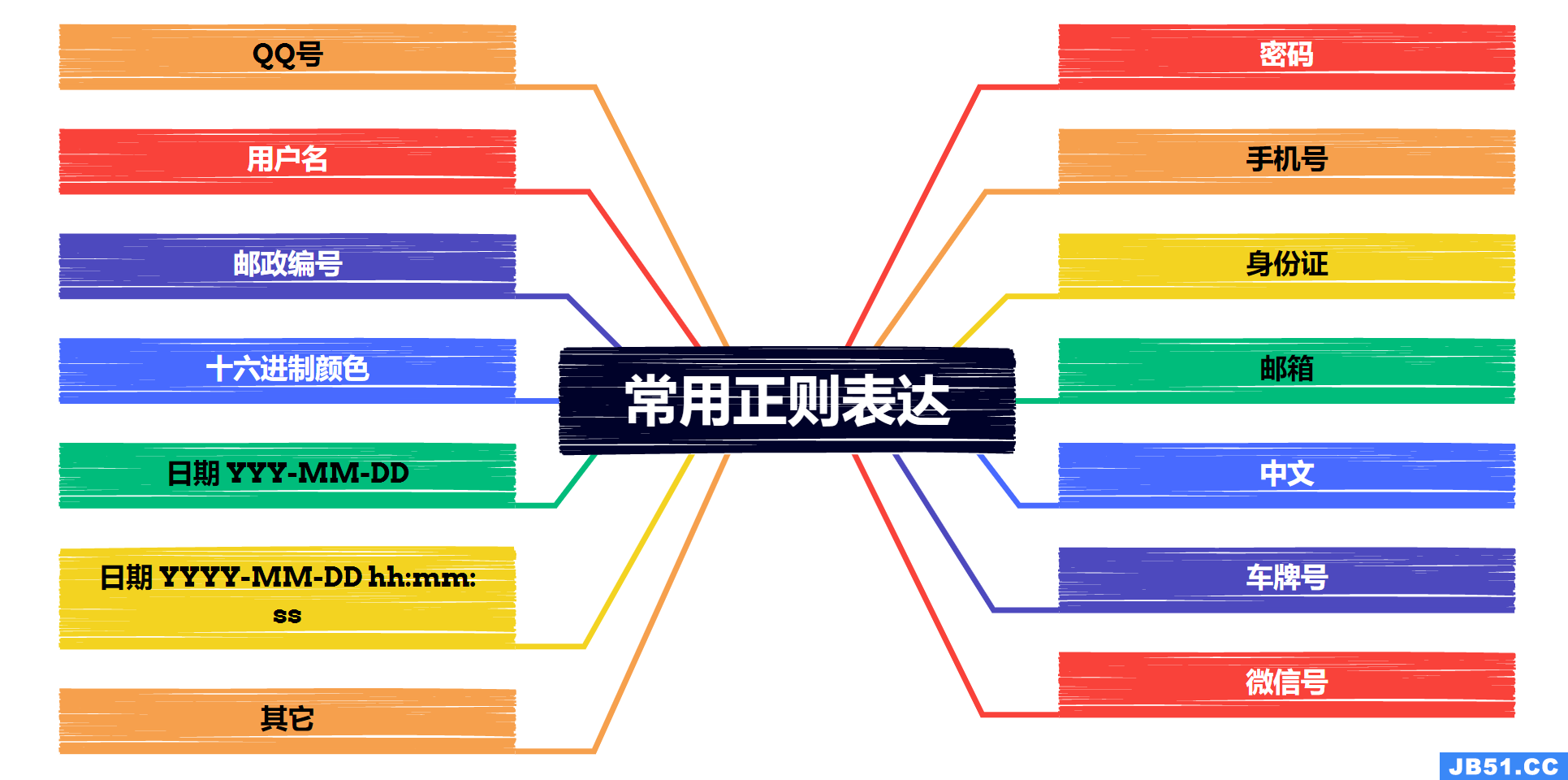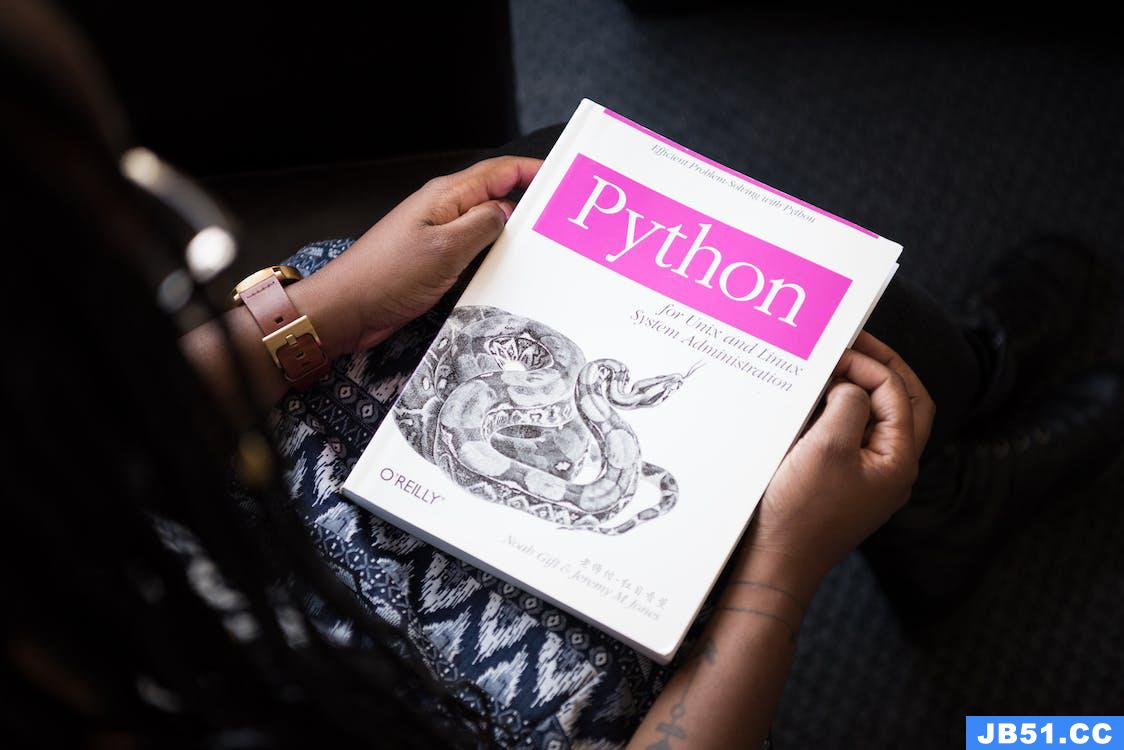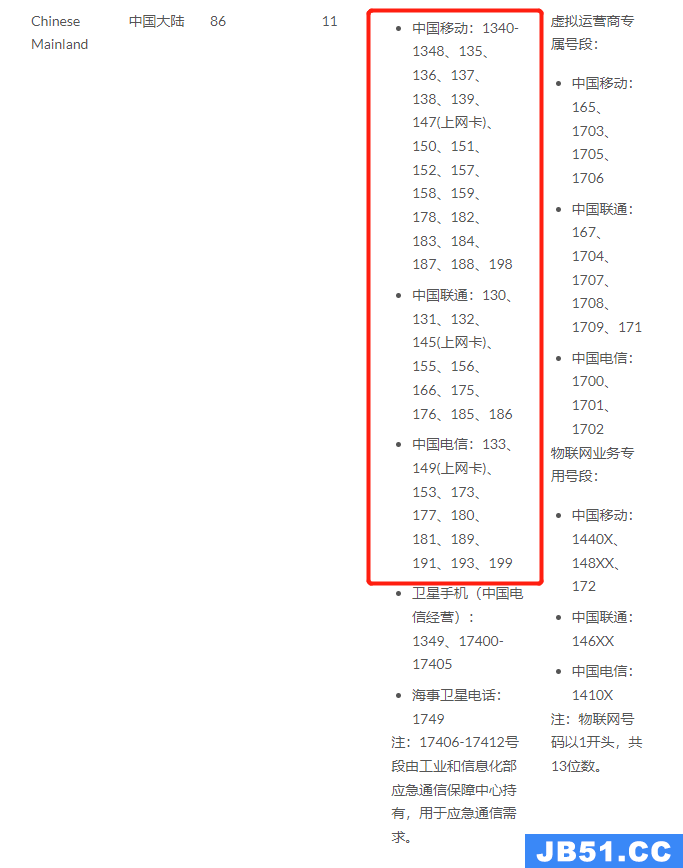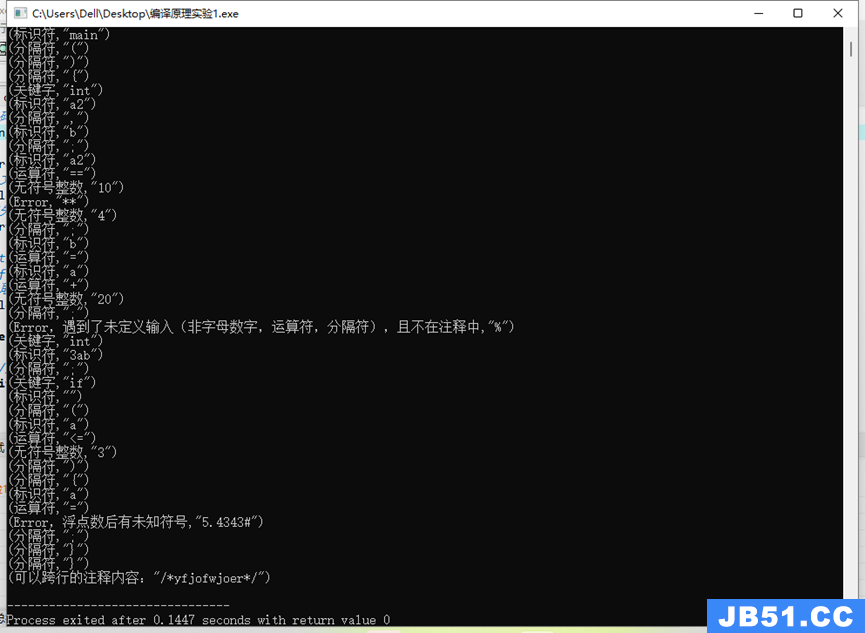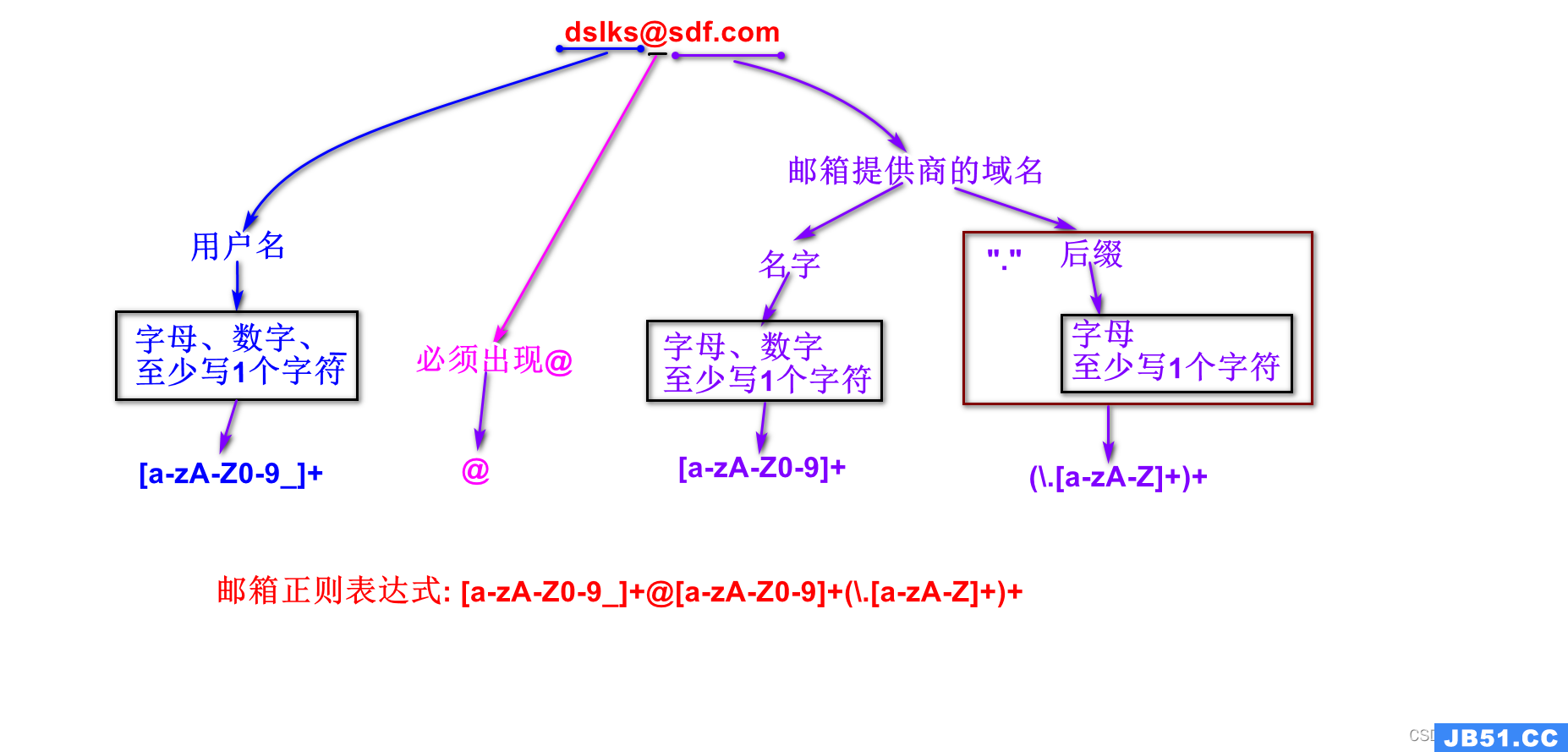我需要在哈希数组或哈希树中获取嵌套块,以便能够用动态内容替换块.我需要替换之间的代码
<!--block:XXX-->
和第一个结束块
<!--endblock-->
用我的动态内容.
#<!--block:listing-->... html code block here ...<!--endblock-->
$blocks{$1} = $2 while $content =~ /<!--block:(.*?)-->((?:(?:(?!<!--(.*?)-->).)|(?R))*?)<!--endblock-->/igs;
这是我想要处理的完整嵌套html模板.所以我需要找到并替换内部块“block:third”并将其替换为我的内容,然后找到“block:second”并替换它然后找到外部块“block:first”并替换它.请注意,可以有任意数量的嵌套块,而不是像下面的示例那样只有三个,它可以是几个嵌套块.
use Data::Dumper; $content=<<HTML; some html content here <!--block:first--> some html content here <!--block:second--> some html content here <!--block:third--> some html content here <!--endblock--> some html content here <!--endblock--> some html content here <!--endblock--> HTML $blocks{$1} = $2 while $content =~ /<!--block:(.*?)-->((?:(?:(?!<!--(.*?)-->).)|(?R))*?)<!--endblock-->/igs; print Dumper(%blocks);
所以我可以访问和修改块,比如$block {first} =“我的内容在这里”和$block {second} =“另一个内容在这里”然后替换块.
我创建了这个regex
我要补充一点.这符合我以前的答案,但稍微多一些
完成,我不想再回答这个问题了.
完成,我不想再回答这个问题了.
这是针对@daliaessam的,是对@Miller轶事的递归解析的具体回应
使用正则表达式.
只有3个部分需要考虑.所以,使用我之前的表现形式,我向你们展示了一个
关于如何做到这一点的模板.它并不像你想象的那么难.
干杯!
# //////////////////////////////////////////////////////
# // The General Guide to 3-Part Recursive Parsing
# // ----------------------------------------------
# // Part 1. CONTENT
# // Part 2. CORE
# // Part 3. ERRORS
(?is)
(?:
( # (1),Take off CONTENT
(?&content)
)
| # OR
(?> # Start-Delimiter (in this case,must be atomic because of .*?)
<!--block:
( .*? ) # (2),Block name
-->
)
( # (3),Take off The CORE
(?&core)
|
)
<!--endblock--> # End-Delimiter
| # OR
( # (4),Take off Unbalanced (delimeter) ERRORS
<!--
(?: block: .*? | endblock )
-->
)
)
# ///////////////////////
# // Subroutines
# // ---------------
(?(DEFINE)
# core
(?<core>
(?>
(?&content)
|
(?> <!--block: .*? --> )
# recurse core
(?:
(?&core)
|
)
<!--endblock-->
)+
)
# content
(?<content>
(?>
(?!
<!--
(?: block: .*? | endblock )
-->
)
.
)+
)
)
Perl代码:
use strict;
use warnings;
use Data::Dumper;
$/ = undef;
my $content = <DATA>;
# Set the error mode on/off here ..
my $BailOnError = 1;
my $IsError = 0;
my $href = {};
ParseCore( $href,$content );
#print Dumper($href);
print "\n\n";
print "\nBase======================\n";
print $href->{content};
print "\nFirst======================\n";
print $href->{first}->{content};
print "\nSecond======================\n";
print $href->{first}->{second}->{content};
print "\nThird======================\n";
print $href->{first}->{second}->{third}->{content};
print "\nFourth======================\n";
print $href->{first}->{second}->{third}->{fourth}->{content};
print "\nFifth======================\n";
print $href->{first}->{second}->{third}->{fourth}->{fifth}->{content};
print "\nSix======================\n";
print $href->{six}->{content};
print "\nSeven======================\n";
print $href->{six}->{seven}->{content};
print "\nEight======================\n";
print $href->{six}->{seven}->{eight}->{content};
exit;
sub ParseCore
{
my ($aref,$core) = @_;
my ($k,$v);
while ( $core =~ /(?is)(?:((?&content))|(?><!--block:(.*?)-->)((?&core)|)<!--endblock-->|(<!--(?:block:.*?|endblock)-->))(?(DEFINE)(?<core>(?>(?&content)|(?><!--block:.*?-->)(?:(?&core)|)<!--endblock-->)+)(?<content>(?>(?!<!--(?:block:.*?|endblock)-->).)+))/g )
{
if (defined $1)
{
# CONTENT
$aref->{content} .= $1;
}
elsif (defined $2)
{
# CORE
$k = $2; $v = $3;
$aref->{$k} = {};
# $aref->{$k}->{content} = $v;
# $aref->{$k}->{match} = $&;
my $curraref = $aref->{$k};
my $ret = ParseCore($aref->{$k},$v);
if ( $BailOnError && $IsError ) {
last;
}
if (defined $ret) {
$curraref->{'#next'} = $ret;
}
}
else
{
# ERRORS
print "Unbalanced '$4' at position = ",$-[0];
$IsError = 1;
# Decide to continue here ..
# If BailOnError is set,just unwind recursion.
# -------------------------------------------------
if ( $BailOnError ) {
last;
}
}
}
return $k;
}
#================================================
__DATA__
some html content here top base
<!--block:first-->
<table border="1" style="color:red;">
<tr class="lines">
<td align="left" valign="<--valign-->">
<b>bold</b><a href="http://www.mewsoft.com">mewsoft</a>
<!--hello--> <--again--><!--world-->
some html content here 1 top
<!--block:second-->
some html content here 2 top
<!--block:third-->
some html content here 3 top
<!--block:fourth-->
some html content here 4 top
<!--block:fifth-->
some html content here 5a
some html content here 5b
<!--endblock-->
<!--endblock-->
some html content here 3a
some html content here 3b
<!--endblock-->
some html content here 2 bottom
<!--endblock-->
some html content here 1 bottom
<!--endblock-->
some html content here1-5 bottom base
some html content here 6-8 top base
<!--block:six-->
some html content here 6 top
<!--block:seven-->
some html content here 7 top
<!--block:eight-->
some html content here 8a
some html content here 8b
<!--endblock-->
some html content here 7 bottom
<!--endblock-->
some html content here 6 bottom
<!--endblock-->
some html content here 6-8 bottom base
输出>>
Base====================== some html content here top base some html content here1-5 bottom base some html content here 6-8 top base some html content here 6-8 bottom base First====================== <table border="1" style="color:red;"> <tr class="lines"> <td align="left" valign="<--valign-->"> <b>bold</b><a href="http://www.mewsoft.com">mewsoft</a> <!--hello--> <--again--><!--world--> some html content here 1 top some html content here 1 bottom Second====================== some html content here 2 top some html content here 2 bottom Third====================== some html content here 3 top some html content here 3a some html content here 3b Fourth====================== some html content here 4 top Fifth====================== some html content here 5a some html content here 5b Six====================== some html content here 6 top some html content here 6 bottom Seven====================== some html content here 7 top some html content here 7 bottom Eight====================== some html content here 8a some html content here 8b
版权声明:本文内容由互联网用户自发贡献,该文观点与技术仅代表作者本人。本站仅提供信息存储空间服务,不拥有所有权,不承担相关法律责任。如发现本站有涉嫌侵权/违法违规的内容, 请发送邮件至 dio@foxmail.com 举报,一经查实,本站将立刻删除。


